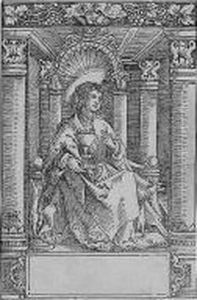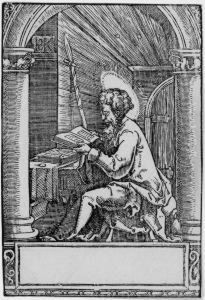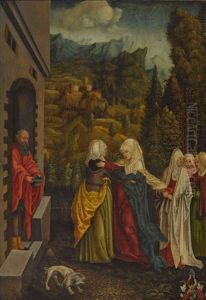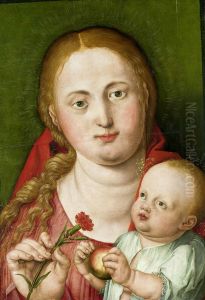Hans Springinklee Paintings
Hans Springinklee was a German artist, primarily known as a woodcut designer and a pupil of Albrecht Dürer. Born around 1490 in Nuremberg, Germany, little is known about his early life before he entered Dürer's workshop. His style is deeply influenced by his master, Dürer, and he is recognized for his detailed and intricate woodcuts. The exact date of his death is uncertain, but it is generally accepted that he was active as an artist until at least 1540.
Springinklee worked largely within the Holy Roman Empire, and his woodcuts often featured religious themes. He also produced a number of woodcuts for books, which was a common practice at the time for artists and printers. His works can be found illustrating hymnals, prayer books, and other religious texts. In addition to religious works, he also created designs for stained glass windows and possibly worked in other media, although no paintings have been conclusively attributed to him.
One of Springinklee's most notable works is the series of woodcuts he created for the 'Hortulus Animae', one of the best-selling devotional books of the early 16th century. His illustrations were reproduced in various editions of the book throughout Europe, which contributed to his fame. Despite his prominence during his lifetime, Springinklee's work was later overshadowed by that of his mentor, Dürer, and other contemporaries. As such, he is not as well known today as other artists of the German Renaissance. Nevertheless, his work remains an important part of the study of the period's woodcut art and provides valuable insight into the workshop practices of the time.



